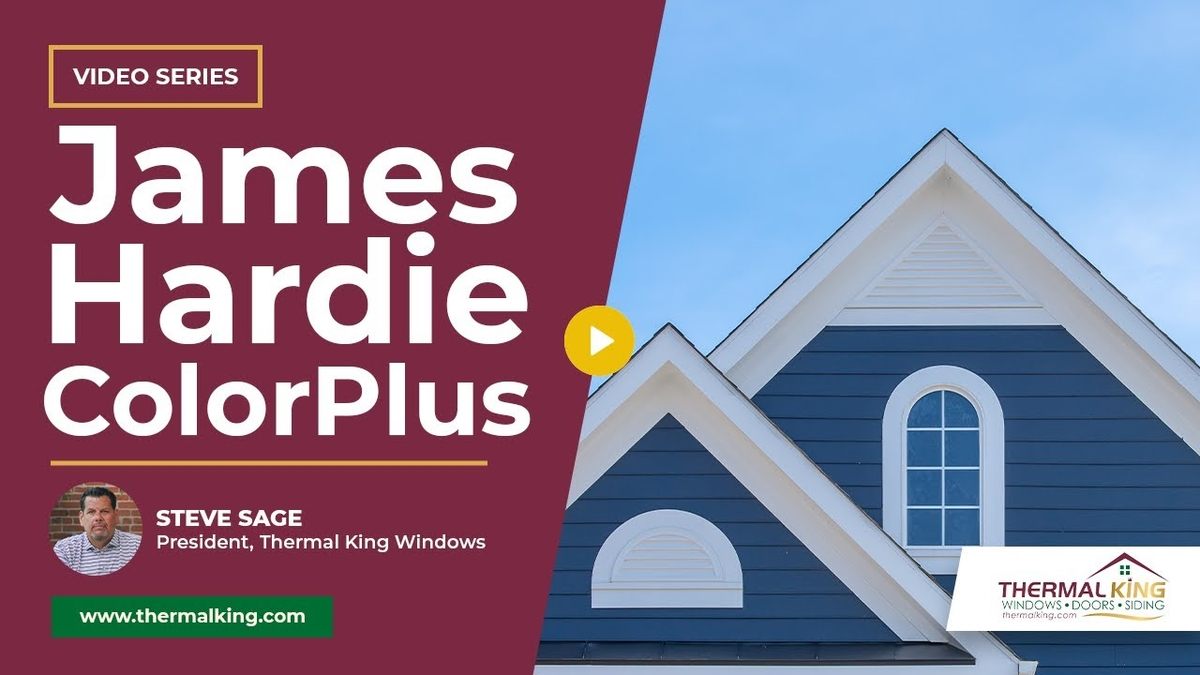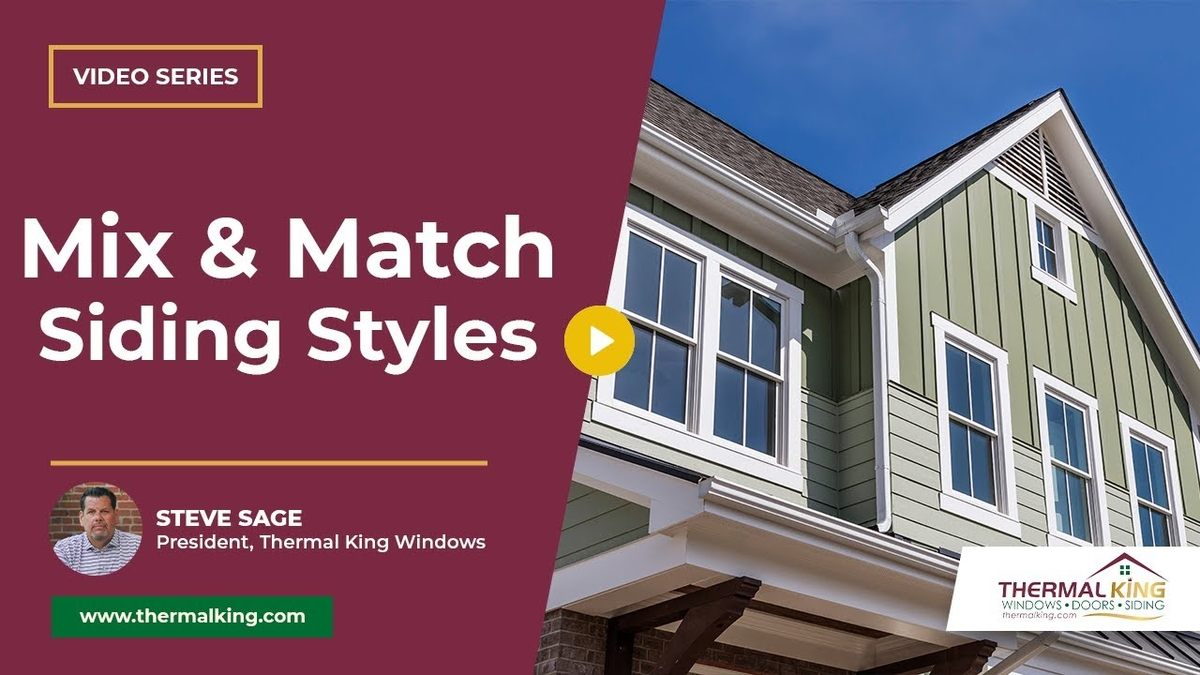Bay and bow windows have long been revered for their unique aesthetics and functional benefits. These window types, distinguished by their design and structure, often extend outwards from your home, creating an inviting atmosphere and enhancing the overall architecture.
What Are Bay and Bow Windows?
Bay and bow windows are both types of extension windows that protrude outward from the main walls of a house, thereby offering extra living space inside. A bay window is typically a three-window system, composed of one window that extends out, a central flat window, and a third window that returns back.
This design creates a bench or seating area on the inside, often providing an additional 16 to 20 inches of space. On the other hand, a bow window consists of four or five windows that project out, forming a curve or ‘bow’ shape when viewed from above. This difference in design largely affects the window’s appearance and the space it provides.
Bay and Bow Windows in Modern Homes
In modern homes, bay and bow windows serve various purposes beyond their fundamental role as sources of natural light and ventilation. Many homeowners appreciate these windows for their ability to add extra space that can be utilized in a multitude of ways.
Whether filled with plants, decorated with holiday ornaments, or used as a cozy perch for pets, these windows can considerably enhance the ambiance of a home. Their intrinsic design also adds to the aesthetic appeal, making a room appear larger and more open. As such, they are a favored choice for those looking to create a distinctive and inviting living space.
Bay Windows
Diving into the world of bay windows uncovers a blend of distinctive design elements and functional attributes. Understanding these will help homeowners make informed decisions about whether these window types are a suitable choice for their homes.
Unique Features
A bay window is a triad window system. The central window extends straight out from the house, flanked by two windows that angle back to the house, creating a box-like structure. This outward projection creates a cozy nook or seating area on the inside, commonly extending 16 to 20 inches, although this depends on the window’s dimensions.
Advantages
The installation of a bay window carries numerous benefits. Besides providing extra space and a cozy seating area, it also increases the natural light that enters the room, thus enhancing the room’s ambiance.
Furthermore, bay windows offer an expansive, uninterrupted view of the outdoors. The exterior part is usually maintenance-free, as it’s typically vinyl-clad, eliminating the need for painting or constant upkeep.
Limitations and Considerations
While bay windows offer many advantages, there are some limitations to consider. Their size and the complexity of their design make them more challenging to install than flat windows, which could increase installation costs. Their large glass area may also lead to more heat loss during winter if not properly insulated.
Bow Windows
Bow windows offer a different yet equally compelling alternative to bay windows. The curved structure of bow windows offers unique aesthetic and functional benefits worth exploring.
Special Attributes
Bow windows consist of four or five windows that gently curve out from the house, forming a bow shape when viewed from above. This gives them a rounded appearance, setting them apart from the more angular bay windows.
Benefits
Installing a bow window in your home offers several benefits. The arc-shaped design of bow windows provides a broader external view, making them an ideal choice for rooms with picturesque outdoor views. Moreover, they add more space for interior decorating or additional seating, much like bay windows.
Potential Drawbacks
The key drawback of bow windows is their size. Due to their design, bow windows typically require a larger window opening than bay windows. As a result, they may not be feasible for smaller homes or rooms with limited wall space.
Choosing Between Bay and Bow Windows
When deciding between bay and bow windows, the size of the window opening plays a pivotal role. This section discusses how to use this crucial factor to determine the most suitable option for your home.
Opening Size
The width of your window opening can guide you towards the right choice between a bay and a bow window. For a 72-inch opening, a bay window would typically be more suitable. However, if you have an opening of 120 inches, a bow window would be a better choice as it allows for wider and more evenly-sized window units.
Window Configuration
The primary difference between bay and bow windows lies in their configuration. Bay windows consist of three panels of varying sizes, while bow windows typically include four to five panels of similar sizes. This distinction influences the overall appearance, internal space, and light ingress of the windows.
Ensuring Comfort
While aesthetic and functional aspects are vital, ensuring comfort with these windows is equally crucial. Here’s how proper insulation can make these windows a comfortable addition to your home.
Proper Insulation
Proper insulation is essential in bay and bow windows due to their size and design. Insulated windows prevent heat loss during winter and excessive heat gain during summer, ensuring a comfortable interior environment.
Extreme Temperatures
A triple glass unit, along with an insulated seat and roof, are commonly featured in modern bay and bow windows. This insulation provides a comfortable seat, free from the freezing cold in winter or excessive heat in summer.
Therefore, whether you’re enjoying the winter scenery or basking in the summer sun, well-insulated bay and bow windows ensure you stay comfortable year-round.
Conclusion
The decision to install bay and bow windows can be transformative, adding a unique architectural flair and functionality to your home. Each option brings its own set of advantages, aesthetics, and spatial possibilities to consider.
The Added Value and Functionality
Installing bay and bow windows in your home offers several distinct benefits:
- Additional Space: Both bay and bow windows extend outward from your home, creating a cozy nook or seating area that adds usable square footage inside your home.
- Enhanced Aesthetics: The unique design of these windows adds architectural interest to your home, both inside and out.
- Increased Natural Light: The multiple-panel design of these windows allows more natural light to enter your home, enhancing the ambiance and potentially reducing electricity costs.
- Expanded Views: These window types offer wider, more expansive views of the outside, allowing you to enjoy your surrounding landscape from the comfort of your home.
- Improved Home Value: Quality bay and bow windows can increase the value of your home, making them a sound investment for the future.
Making the Right Choice: Bay or Bow Windows?
When deciding between bay and bow windows, remember to consider factors such as the size of the opening, the amount of natural light desired, the available interior and exterior space, and the architectural style of your home. Both window styles offer unique advantages, so it largely depends on personal preference and specific home requirements.
If you have any further questions or would like to explore more about bay and bow windows, don’t hesitate to contact us. Our team is ready to provide you with the guidance and support you need to transform your home successfully.



